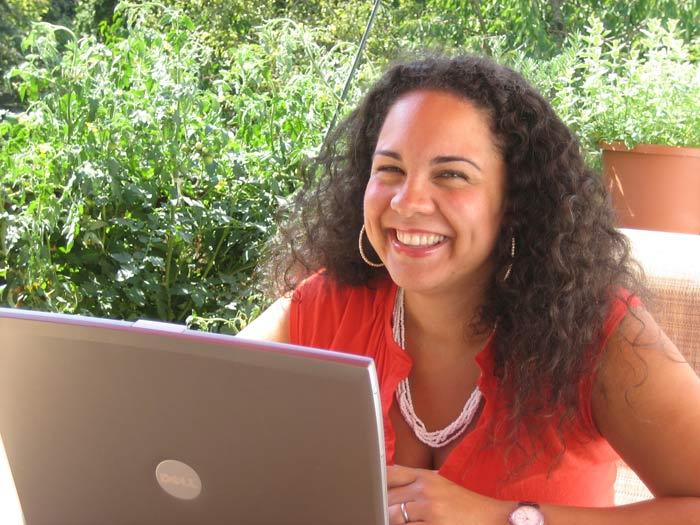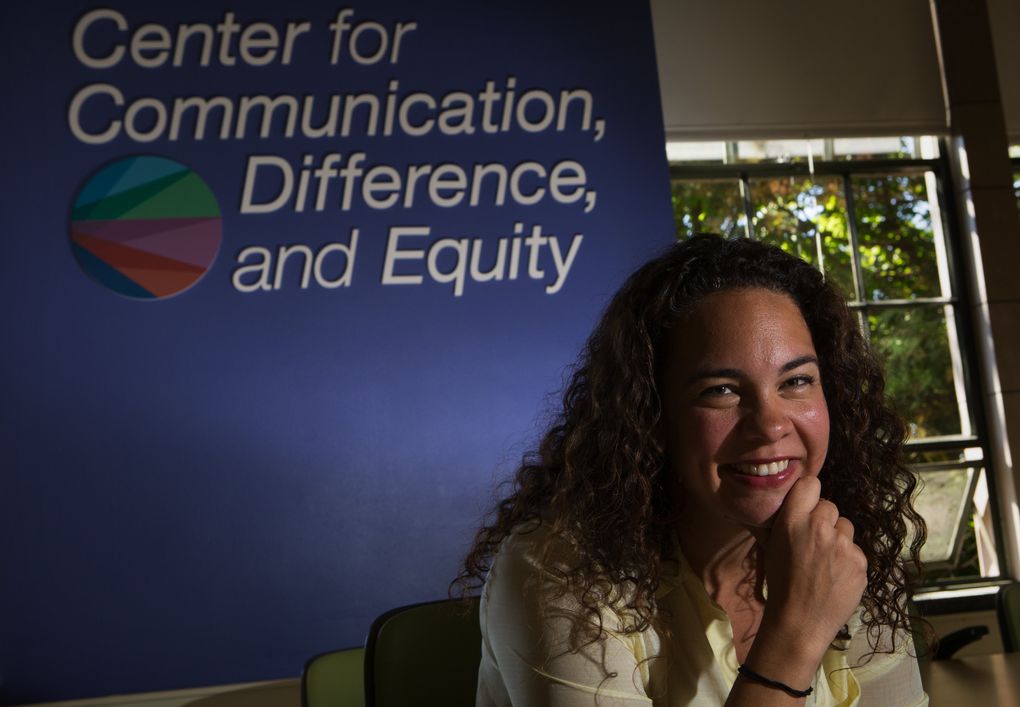Beyond Biracial: When Blackness Is a Small, Nearly Invisible Fraction
The Root
2014-05-12
Jenée Desmond-Harris, Senior Staff Writer and White House Correspondent
In the past, these Americans would have been labeled “quadroons” or “octoroons.” Today their options are so much broader. What can they teach us about race in 2014 and in the future?
Stephanie Troutman, a 36-year-old professor at Appalachian State University in Boone, N.C., has a white mother and a black father. She has her own family’s racial elevator speech down to a single sentence: “I’m a mixed woman who has a child with a black man and a child with a white man.” Her 7-year-old son, Rex, is unambiguous when it comes to his racial identity and “very pro black,” even protesting when he’s described as merely “brown,” she says.
With her 11-year-old daughter, Melora—whose pale, golden-hued skin; light eyes; and long, copper-colored hair prompt strangers to ask if she’s “Mediterranean” or “Arab”—things aren’t as simple.
“For now I’ve told her that she’s a person of color. That’s the best way I can explain it. I want to take it away from black and white because those are weird options for her,” Troutman says. “But I always kind of knew that I’d have a kid who looked white, and I was right. When Melora was born, my friends were like, ‘How did her dad’s white hippie granola genes completely beat out your biracial genes?’ ”
Despite those biracial genes, Troutman realized as a teen that most people see her as “just light skinned” (in other words, black). That hit home one day in the mid-1990s when, in a classically tragic black-identity-forming moment, a Florida stranger yelled “nigger” at her from a passing car.
“At first I was like, ‘Damn, that’s kind of messed up. Who are they yelling at?’ And then I realized I was the only person on the street.”
Given the way she’s perceived, Troutman is “willing to talk about the biracial thing”—her own mixed heritage—in certain contexts, but most of the time, she says, “I don’t think there’s anything new or interesting about it.”
What is interesting to Troutman is the experience of her preteen daughter, who, if you’re doing the crude math, is one-quarter black. She’s the kind of person who would have been called a “quadroon” when that “one-drop rule“-inspired term appeared on census forms between about 1850 and 1920, alongside its also-retired relatives, “octoroon” (one-eighth black) and mulatto (one-half).
Of course, as Zebulon V. Miletsky, a visiting assistant professor of Africana studies at Stony Brook University whose research interests include the history of the mixed-race experience, explains, “A lot of times, the people who took the census would sort of guess those things.”…
…Attention to Americans who have both black- and white-identified parents peaked during what Miletsky calls the “biracial boom” of the 1990s. They found celebrity touchstones in the likes of Mariah Carey and Halle Berry; validation from support organizations; and—in the ultimate victory for those whose rallying cry was “Don’t put me in a box!“—the creation in 2000 of a new, multiracial census category. With that, says Ralina L. Joseph, author of Transcending Blackness: From the New Millennium Mulatta to the Exceptional Multiracial, came the fading of the “tragic mulatto” stereotype and the emergence of the “millennium mulatto,” along with an accompanying sense of legitimacy…
Read the entire article here.


